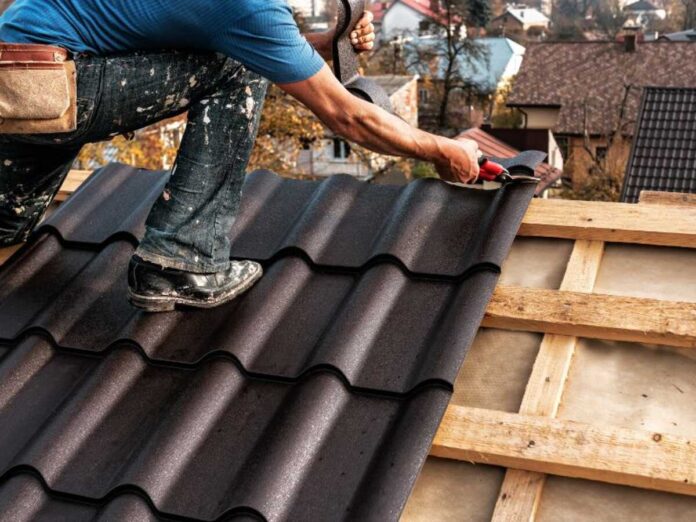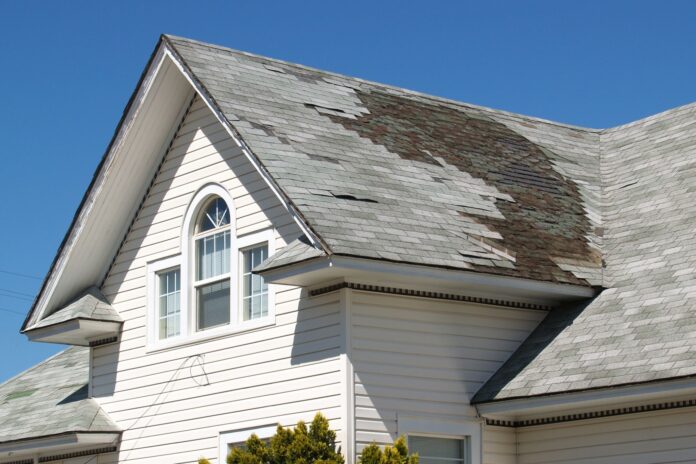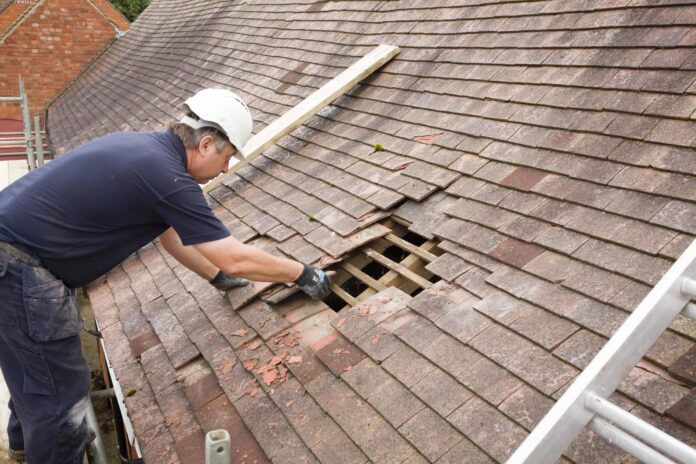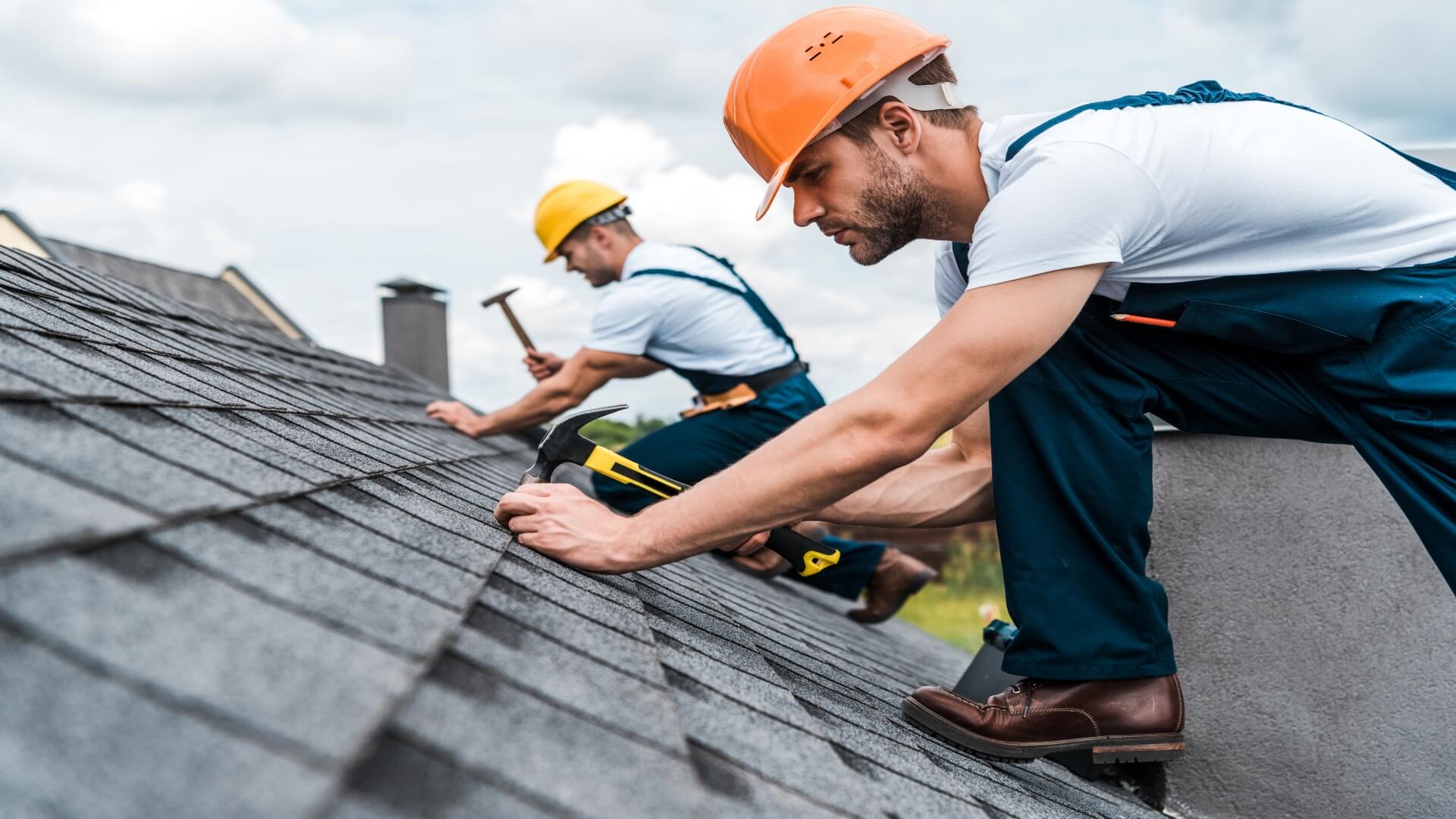How often do you look at your home’s roof? Many homeowners don’t think about their roofs until water damage becomes visible on ceilings or walls. Chances are, your roof has changed so gradually over time that you never noticed it starting to show its age. Or maybe a major storm has blown through town, making you think more about your house’s overall health.
Wondering whether or not you need to contact a roof repair company? Need to decide if your roof needs to be replaced outright? Read on to decide the best course of action for your home and budget.
When to Call a Roof Repair Company

First, you need to know when your roof requires repair or replacement. Recognizing the signs of damage early can help prevent costly issues. If you’re noticing leaks, missing shingles, or sagging areas, it may be time to search online for “roofing repair near me” to find a trusted professional who can assess and fix the problem efficiently. Here are a few key signs to look out for:
- The edges of the shingles are curling or the whole shingle is becoming concave
- Granules have worn off the shingles, leaving bald spots
- The shingles have visible cracks
- Your roof is at least 20 years old or looks worn compared to other roofs the same age
- Moss is growing on or between the shingles
When to Repair Your Roof
If the following situations apply to you, repairing your roof might make more sense than replacing it.
It’s Only a Few Years Old

Most roofs last 15 to 20 years. If your roof is relatively new, you probably only need to replace a few lost or damaged shingles without getting a whole new roof. Matching leftover shingles is easier with a younger roof since its shingles are less worn and faded.
The Damage Isn’t Extensive
A roof repair company can pretty easily repair a roof’s outer layer or replace a few worn shingles if there’s no underlying structural damage. Choosing repair over replacement also makes more financial sense if only a small area of the roof is damaged.
You Have Severe Weather
If you live in an area with extreme weather such as tornadoes, hurricanes, or hail, you might not have the time for a full roof installation. Repairs take a lot less time than a full replacement and damage should be repaired as soon as possible after a storm to prevent leaks or further structural damage.
You Don’t Have the Budget for Replacement
Depending on your area and materials, a new roof will likely run you tens of thousands of dollars. Repairing surface-level damage is a much more affordable option. More budget-friendly options include replacing only a section of the roof or re-roofing, which entails laying a new layer of shingles on top of the old.
When to Fully Replace Your Roof

While replacing your roof comes with a higher up-front cost, there are times when it makes more financial sense to get a new roof instead of investing in limited repairs.
It’s Older than 15 Years
Even if you have a few years left in your roof’s expected lifespan, it makes more sense to fully replace a roof older than 15 years. Older roofs tend to require more frequent repairs, which will quickly add up. You can easily find yourself paying more than the cost of a new roof over a few years.
The Damage Is Deeper than Surface-Level
It’s hard for roofers to repair the underlying structural elements of your roof. Workers will have to remove all the shingles to get to the roof deck so replacing your shingles is only a small incremental cost. Replacing your roof has the added benefit of solving any hidden issues before they become serious problems.
Repairing Isn’t Any Cheaper than Replacing
On a cost-per-square-foot basis, replacing is cheaper than repairing your roof. A big enough repair will cost almost the same as a new roof. If you have an older roof, it’ll likely need several repairs in the coming years. In many cases, the upfront cost of a new roof will be cheaper than repairs over the roof’s lifespan.
You Plan on Selling Soon
It may feel counterintuitive, but putting a new roof on your house before you sell is the right move. A new roof is a strong selling point for most buyers, whereas an old roof can cause buyers to call your house a “fixer-upper” and adjust their offers accordingly. Conversely, a new roof makes your house look newer and nicer with enhanced curb appeal.
It’s tempting to look only at the final price when discussing options with your contractor or roofer. But, as you now know, it’s only one of several factors to consider. Taking a holistic approach to your roof will keep your home safe and dry for years.







